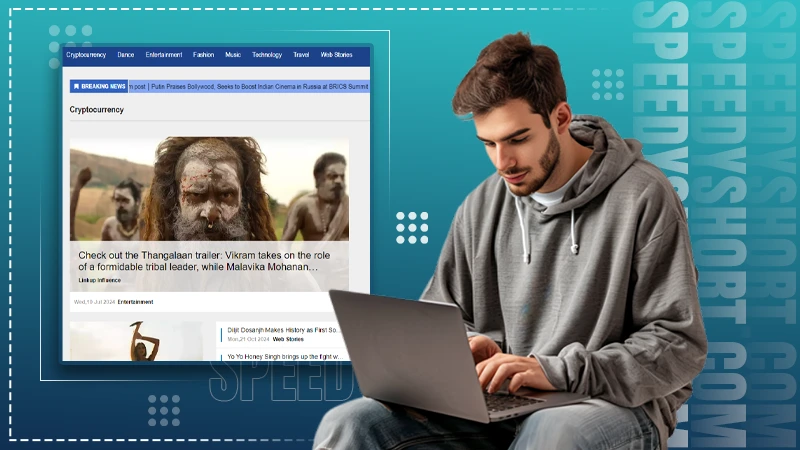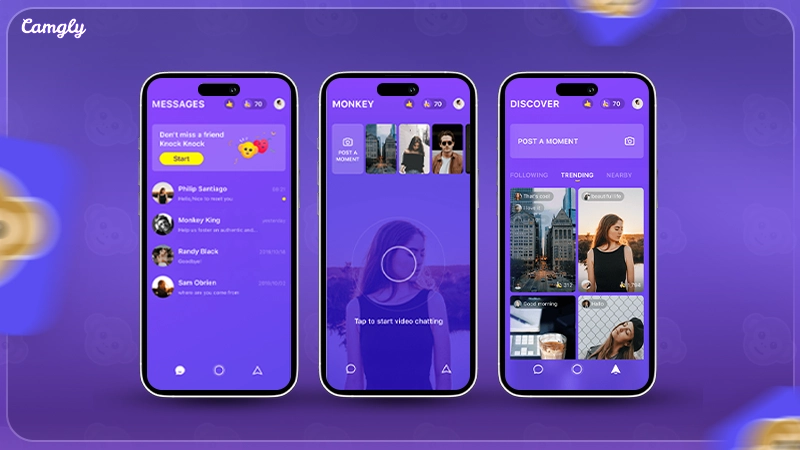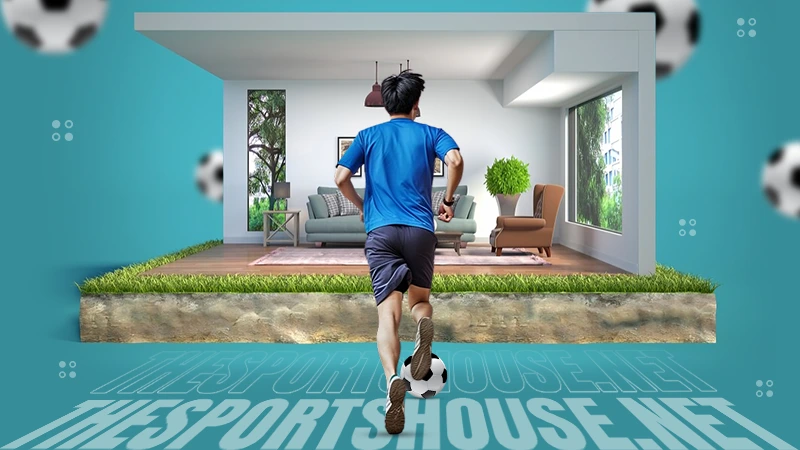Mastering the Balance – Managing Screen Time and Promoting Healthy Gaming
Screen time has nowadays become an integral part of our daily lives. From working on laptops to unwinding with video games, our reliance on screens is undeniable. However, the surge in screen time, especially among gamers, raises necessary questions about its impact on our health.
For those who enjoy gaming, including the excitement of live casino games, finding a balance is key. This blog post dives deep into how to manage screen time when promoting healthy gaming habits, offering practical tips for everyone from casual gamers to enthusiastic aficionados. Also, learn about Https://interdecoracion.net/ by reading this article.
Meanwhile, if you truly enjoy simple games, simply play live casino – sign up today and have an immersive experience of the casino. That said, let’s dive in…
Understanding the Importance of Balancing Screen Time and Real Life
Screens will feature in several health-related issues including having wrong posture, eyesight problems, and unstable sleep. These problems can be intensified over time for gamers and so, one has to be very cautious, especially with long gaming hours. The first way is to identify what the appropriate and inappropriate use of screens is.
Therefore, healthy screen time is one in which users are using the device productively by benefiting from it in one way or another, for instance, through playing educational games or undertaking creative work. Healthy use of screens refers to productive work, whereas unhealthy use of display items can refer to excessive gaming or what is usually termed screen inertia. In this way, individuals can make choices concerning their screen habits consciously.
It is not about cutting down on your systems, but at the same time making sure that real-life interactions and other activities are not left out. This includes; family time, physical exercises, and any other activity that does not involve the use of gadgets.
Tips for Adults and Parents on Setting Healthy Screen Time Limits
Limitation of screen time is noteworthy no matter the age of a person; if it be an adult or a child. Here are some practical tips to implement: Here are some practical tips to implement:
Establish Screen-Free Zones
It’s recommended to establish specific zones within your house that are free from screens, for instance, the dining area or the bedrooms. This fosters family togetherness and guarantees the media does not transverse mealtime or bedtime.
Set Time Limits
Employ the default applications on the devices to lock the screen time and set daily usage. The American Academy of Pediatrics has set the guideline of a total of two hours of recreational window for children. Adults should also attempt to make efforts to reduce unnecessary time spent in front of the screens.
Lead by Example
The attitude of children is influenced by adults and children tend to emulate roles they see in real life. Parents must be conscious of the fact that they can influence their children’s healthy screen habits. These encompass using screens for shorter periods or taking screen-free time, thus avoiding using screens during games or meal time.
Strategies for Managing Screen Time for Gamers and Gaming Enthusiasts
For avid gamers, managing display interaction can be challenging but achievable with the right strategies:
Schedule Gaming Sessions
Rather than going for gaming in between activities, set some time apart for gaming. This assists in avoiding bad habits such as overplaying games and creates some sort of a schedule. Set up a time for it through the use of a timer to minimize the amount of time you spend in front of a computer.
Take Regular Breaks
This implies that physical stress is experienced as a result of persisting in the act of gaming. Include taking a break in between game playing; it is recommended to stand up, take a walk around, or drink water and give your eyes a break from the screen. You have probably heard of the 20-20-20 rule too, to take a look at something about 20 feet away for at least 20 seconds every 20 minutes.
Diversify Your Activities
Spread your gaming with other leisure activities you find favorable. Go for a jog, read a book, or go for a walk outside. It moderates the time one spends on gaming to avoid the habit from becoming all-encompassing which is not healthy.
The Role of Technology in Promoting Healthy Screen Time Habits.
Here, technology plays a dual role where it can be a problem and at the same time offer solutions in averting poor practices. Many devices and applications offer features that help manage screen usage: Many devices and applications offer features that help manage screen usage:
Screen Time Monitoring Apps
Such can be Google’s Digital Wellbeing and Apple’s Screen Time when users monitor their working hours, put restrictions, and get usage details. These tools help in providing recommendations on time spent on various activities thus helping in timely and wise decisions.
Blue Light Filters
Blue light, which is emitted by most screens, affects the capacity to get a good night’s sleep or have some proper restful sleep. The usage of blue light filter apps or filter settings in the device can minimize the emission of blue light, especially at night.
Parental Control Features
For parents, it is possible to restrict the time their children spend using gadgets with the help of features of parental control. These controls include the capability to specify usage patterns, the capability to prevent the system from providing contents that are deemed by the parents as unsuitable, and the capability to monitor the activities performed on the Internet.
Final Words
If you are suffering from a high screen time, it can significantly damage your personal life. Luckily, you can get over it with a few efforts and the right strategy. This article covered all those necessary elements. Also, consider sharing with others if it somehow helped you in any way possible.












